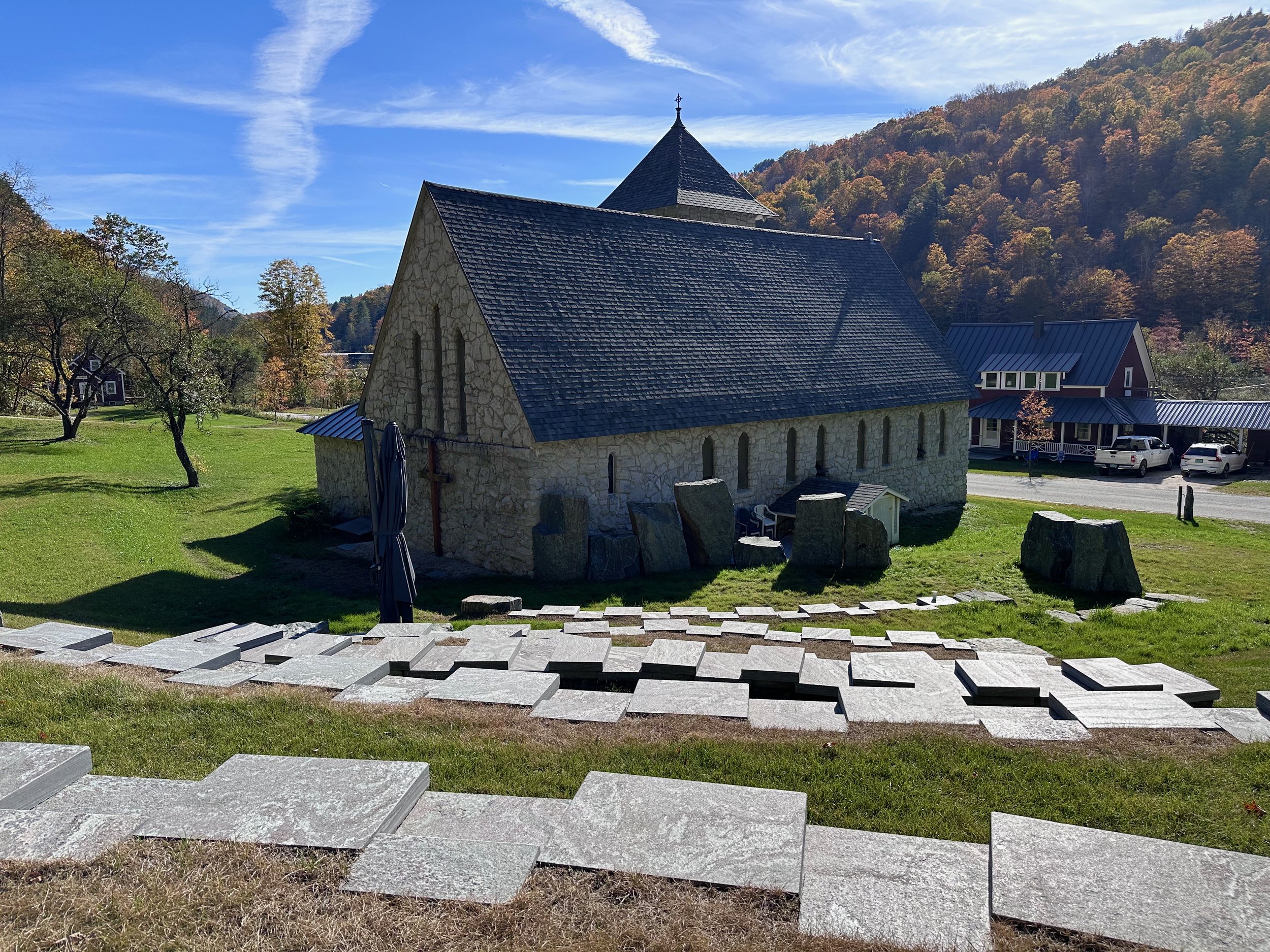Sike Stones
The construction of a performance space is twice removed from its intended purpose. It’s behind, behind the scenes. A scene being the actual reason that an audience assembles.
Audience members want to be enthralled with a presentation. The word, itself, accurately describes where they want to be transported to; the present. The here and now sends the past and future into the wings, stage left and stage right. Whether it’s a recitation, a concert, a dance or a play, the success of a performance hinges on its ability to attract the attention of an audience to every moment. Those in attendance put their own reality temporarily aside to participate in a new one.
While being ephemeral, a performance is still contained in a physical space. That space is conceived by a designer who is without full knowledge of the actual events to be held within it. Like an audience member at a show, a designer must suspend a portion of their reality, but in their case it’s the past and present that are left in the wings. Faith in the future, and those who will inhabit it, directs the designer’s course of action. A designer must enter a world of unreality to do their work. The past may inform the moment at hand but even the “right now” can not know what’s truly ahead.
If the future is unknown and past and present are unreliable guides going forward, where should the design process begin? Since the space will be constructed and utilized in the material world, perhaps materials are the place to start. They can provide coded information about the five senses used to experience them. In combination, sight, smell, hearing, taste and touch provide awareness of a material’s physical properties. A sixth sense, known as proprioception, allows us to track our body’s movements in relation to our own body, and objects and spaces around us. When designing a space in which the future functions of it are largely unknown, proprioception can be as useful a tool as any of the other senses, perhaps even more so.
If preexisting objects are introduced at the beginning, a design can organically develop. The body responds spontaneously to its surroundings. By partnering it with physical elements a design will arise that’s in the best interest of the body. While not everyone responds to physical stimuli in the same way, there are probably more similarities than differences. A design that springs from the most commonly held responses to the physical world will contain the potential to evolve as the needs of presenters and their audiences change.
A cyclorama (Sike) for Mission Farm was conceived as a companion piece to the Odeon constructed in 2023. The seating space of walls and terraces on the hillside called out for a response from the presentation area. If the Odeon was a half-shell, a sike would complete the circle. A sike so close to the north side of the stone church would need to assert itself but not be overbearing. It would need to have textural compatibility with the Odeon but not simply be an enlargement of its footprint.
Going back to the gravel pit where the Odeon’s wall end blocks were procured, a dozen larger pieces were selected from the stockpiles and spread out on the pit floor. Photographs of each were taken and then printed and pasted on wood, representing, in miniature, the actual sizes and shapes of the pit blocks. Different arrangements of the model stones were experimented with to discover how they might fit together full-scale. Having spent proprioceptive time moving around and over the actual stones, I could imagine my body’s experience as if it was able to move among the miniature monoliths. A design, informed by materials, was chosen for implementation.
On site, the ground below the Odeon was made ready for the Sike installation. A deep trench was halfway filled with crushed stone and, one by one, the five-ton stones were carried by excavator from the trailer to be set in place and backfilled with additional crushed stone. From loading the stones at the pit, to transporting, placing and backfilling them, the project took three workers three days to complete.
Lisa Ransom’s vision for an outdoor gathering place was the inspiration for both the Odeon and the Sike. The open mindedness and generosity of Mission Farm supporters and church congregants made the work possible. The team at A.S. Clark fulfilled the dream with their skill and dedication to the project. Many thanks to everyone.





